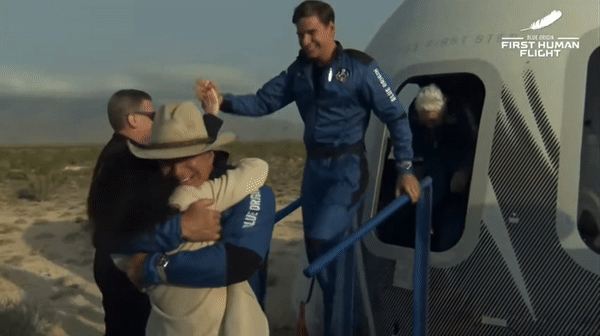Jeff Bezos launches into space on Blue Origin's 1st astronaut flight
LAUNCH SITE ONE, West Texas — The richest person on Earth has now traveled beyond it.
Jeff Bezos, the billionaire founder of the spaceflight company Blue Origin, launched into suborbital space with three other people today (July 20) on the first crewed mission of the company's New Shepard vehicle — a landmark moment for the man and the space tourism industry.
"Blue Control, Bezos. Best day ever!" Bezos said while in flight.
The autonomous New Shepard, which consists of a rocket topped by a capsule, lifted off from Blue Origin's Launch Site One near the West Texas town of Van Horn today at 9:11 a.m. EDT (1311 GMT; 8:11 a.m. local time).
Live updates: Blue Origin's first astronaut launch updates
The capsule carried Bezos, 57, his brother Mark, 53, 82-year-old aviation pioneer Wally Funk and 18-year-old Dutch physics student Oliver Daemen 66.5 miles (107 kilometers) above Earth, then came down for a parachute-aided, dust-raising landing in the West Texas scrublands. The rocket also returned safely, making a vertical, powered touchdown at its designated landing zone. Its descent was punctuated by a deafening sonic boom, along with raucous cheers from the Blue Origin workers here who watched the flight.
All of this action, from liftoff to landings, took just over 10 minutes. But it was doubtless the experience of a lifetime for the four passengers.
Breaking space news, the latest updates on rocket launches, skywatching events and more!
"Oh my god!" Bezos said during a post-flight press conference today. "My expectations were high, and they were dramatically exceeded."
Funk said that she "loved every minute of it," even though there wasn't quite enough room in New Shepard for all four of the passengers to do rolls and flips simultaneously.
"It was great," she said. "I loved it. I can hardly wait to go again."
Bezos became the second billionaire to reach space in less than two weeks. On July 11, Virgin Group founder Richard Branson flew on the first fully crewed flight of the VSS Unity space plane, which is operated by Virgin Galactic, Blue Origin's chief rival in the suborbital space tourism business.
Related: Blue Origin's launch with Jeff Bezos: Everything you need to know
Two decades of work
Bezos founded Blue Origin in September 2000, six years after he established Amazon. The spaceflight company worked stealthily for a decade, generally staying out of the public eye.
That changed in 2010, when Blue Origin won a contract from NASA's Commercial Crew Program, which aimed to encourage the development of private American astronaut taxis to fill the shoes of the space shuttle, which was about to retire. The company snagged another contract the next year but didn't land the big deal; NASA announced in 2014 that it had selected the vehicles built by SpaceX and Boeing — capsules known as Crew Dragon and CST-100 Starliner, respectively.
Blue Origin continued to work on its own vehicles, including New Shepard, which is designed to carry people and payloads on brief trips to suborbital space. The 59-foot-tall (18 meters) craft is named after NASA astronaut Alan Shepard, whose suborbital jaunt on May 5, 1961, was the United States' first crewed spaceflight.
New Shepard first launched to suborbital space in April 2015. The capsule landed softly as planned on that flight, but the rocket crashed during its touchdown attempt. But the next New Shepard iteration aced a test flight that November, pulling off the first-ever vertical landing of a rocket during a space mission. (SpaceX nailed a landing of its own a month later with the first stage of its Falcon 9 orbital rocket, a feat Elon Musk's company has now pulled off more than 80 times.)
In January 2016, the same New Shepard flew successfully again, notching another reusability milestone. Over the next five-plus years, that vehicle and two others flew 12 more uncrewed test missions, the latest an "astronaut rehearsal" this past April.
All were successful, paving the way for today's mission, which was the third flight of the fourth New Shepard vehicle, known as RSS Next Step.
Making, and acknowledging, history
Blue Origin announced the July 20 target on May 5. Both of those dates were chosen advisedly: May 5 was the 60th anniversary of Shepard's pioneering flight, and July 20 is the 52nd anniversary of the Apollo 11 moon landing.
Bezos has often cited Apollo 11 as a big inspiration, saying that his dreams of spaceflight were born when he watched the historic lunar landing at the age of five.
There were many nods to history on the flight today as well. Bezos and his crewmates carried with them a piece of canvas from the plane that the Wright Brothers flew for the first time in 1903; a medallion from the first hot-air balloon flight, in 1783; and a pair of goggles that once belonged to Amelia Earhart. In addition, Alan Shepard's daughters Laura and Julia were on hand to witness the flight.
Blue Origin made some history of its own today, and not just for the company annals: Funk and Daemen became the oldest and youngest people, respectively, ever to reach the final frontier.
The off-Earth journey was a dose of long-overdue justice for Funk. She's one of the "Mercury 13," women who passed NASA's physiological screening tests in the early days of the space age but were never seriously considered for flight. Back then, you had to be a man — and more specifically, a white military man — to be a NASA astronaut.
The agency didn't fly a female astronaut to space until June 1983, when Sally Ride reached orbit on the space shuttle Challenger's STS-7 mission. (Challenger's STS-8 flight, which launched that August, carried Guion Bluford, the first African American to reach space.)
Funk takes the oldest-spaceflyer mantle from John Glenn, who launched at the age of 77 in October 1998 on the STS-95 mission of the shuttle Discovery, decades after becoming the first American to reach orbit.
Blue Origin announced on July 1 that today's flight would include Funk. Daemen was a later addition to the manifest; the company revealed his participation just last Thursday (July 16). In mid-June, Blue Origin auctioned off the fourth and final seat on RSS Next Step, for the astronomical sum of $28 million. But the still-anonymous person who placed that bid had scheduling conflicts, company representatives said, so Daemen took their place.
Daemen's father, Somerset Capital Partners CEO Joes Daemen, paid for the seat and decided to let his son fly, CNBC reported. So, in addition to all the other milestones, RSS Next Step flew its first paying customer today.
Related: The most extreme human spaceflight records
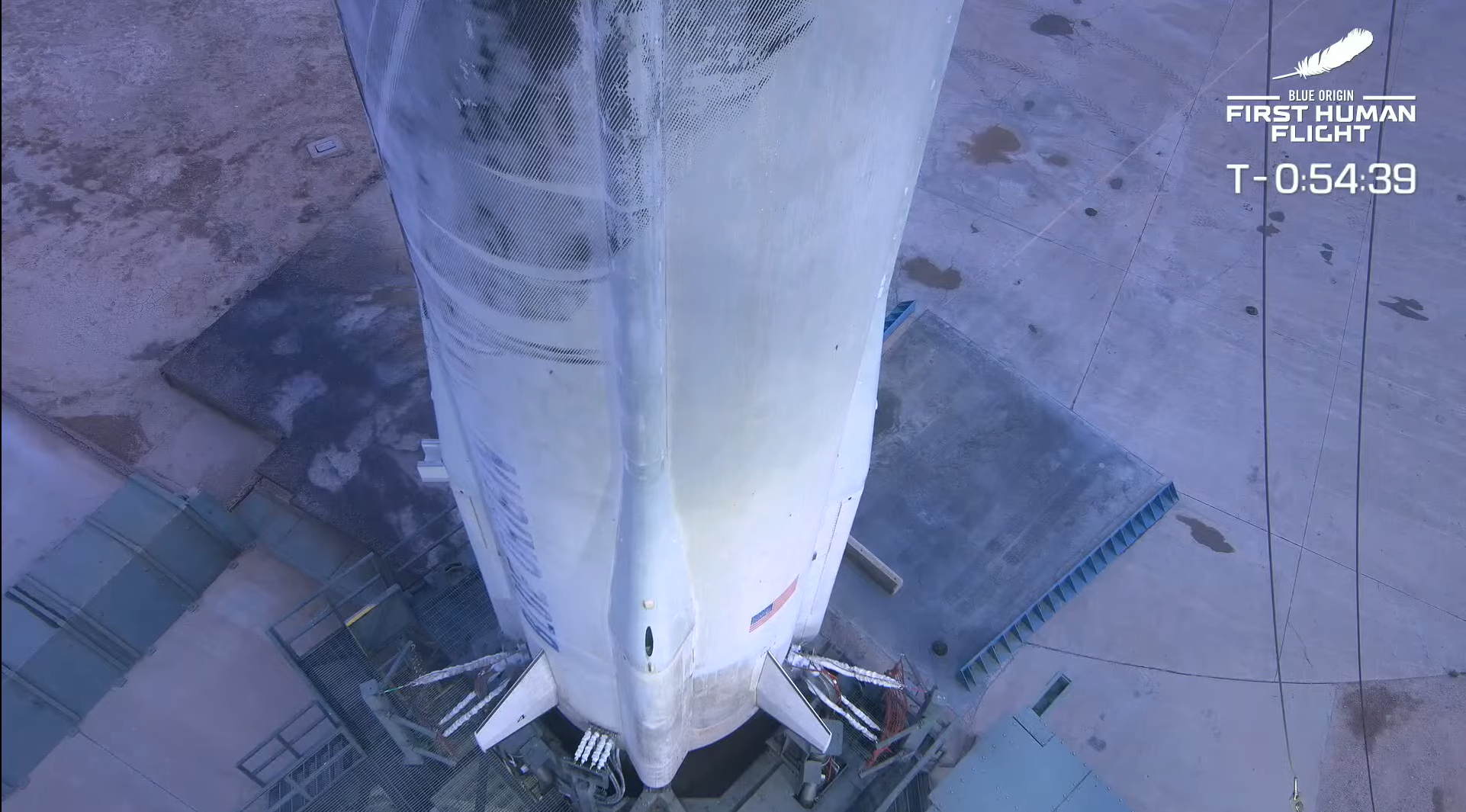
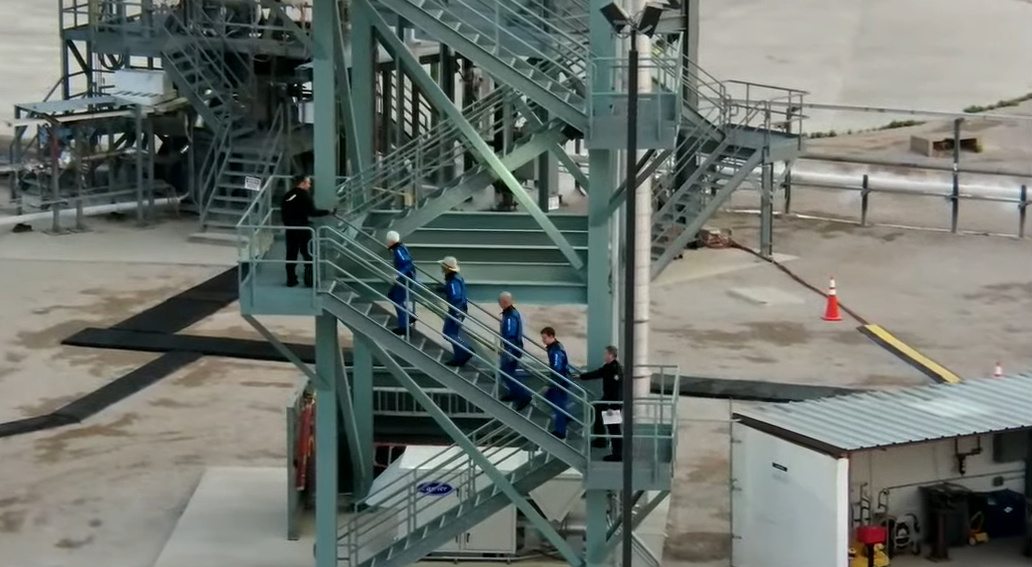
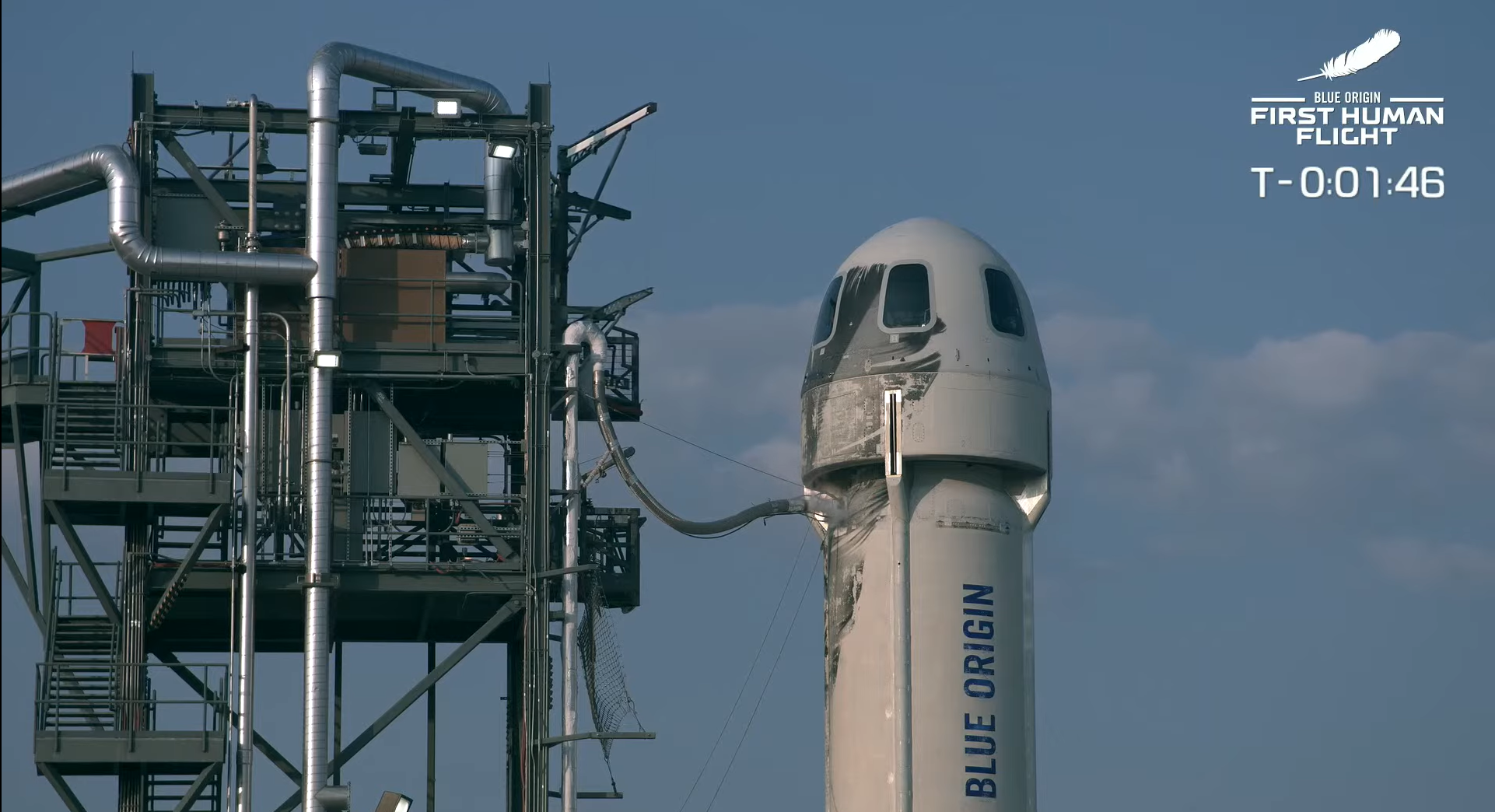
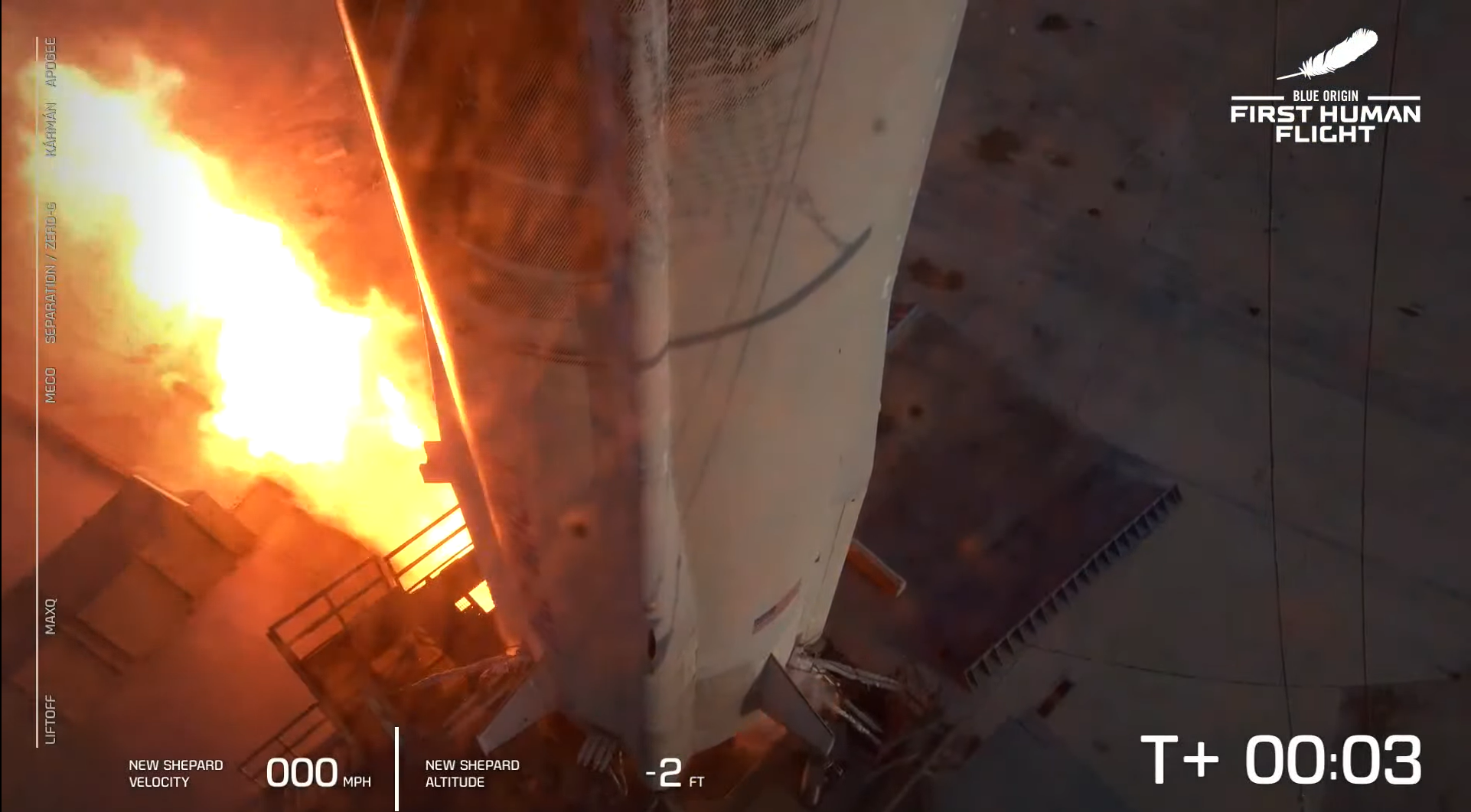
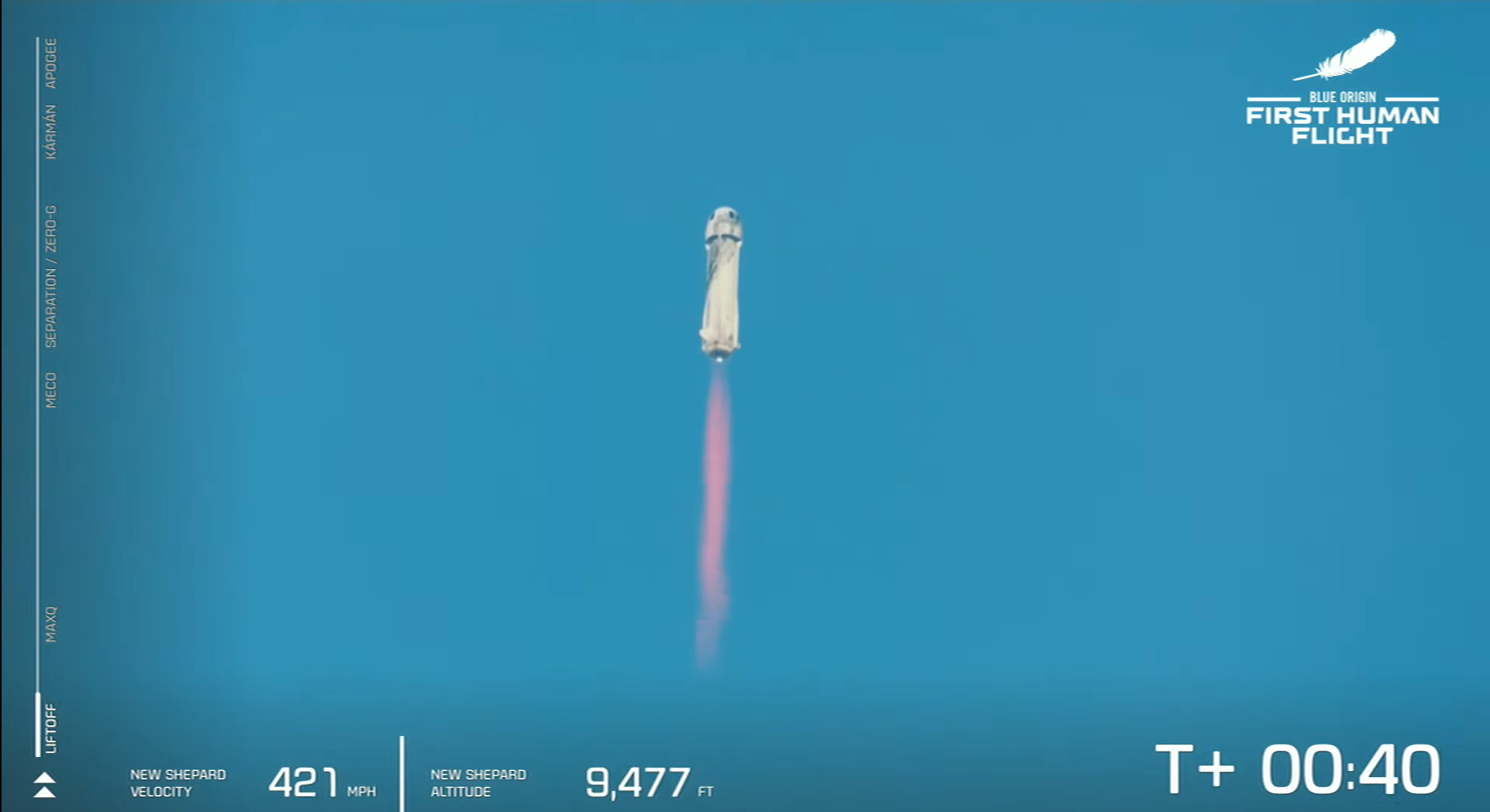


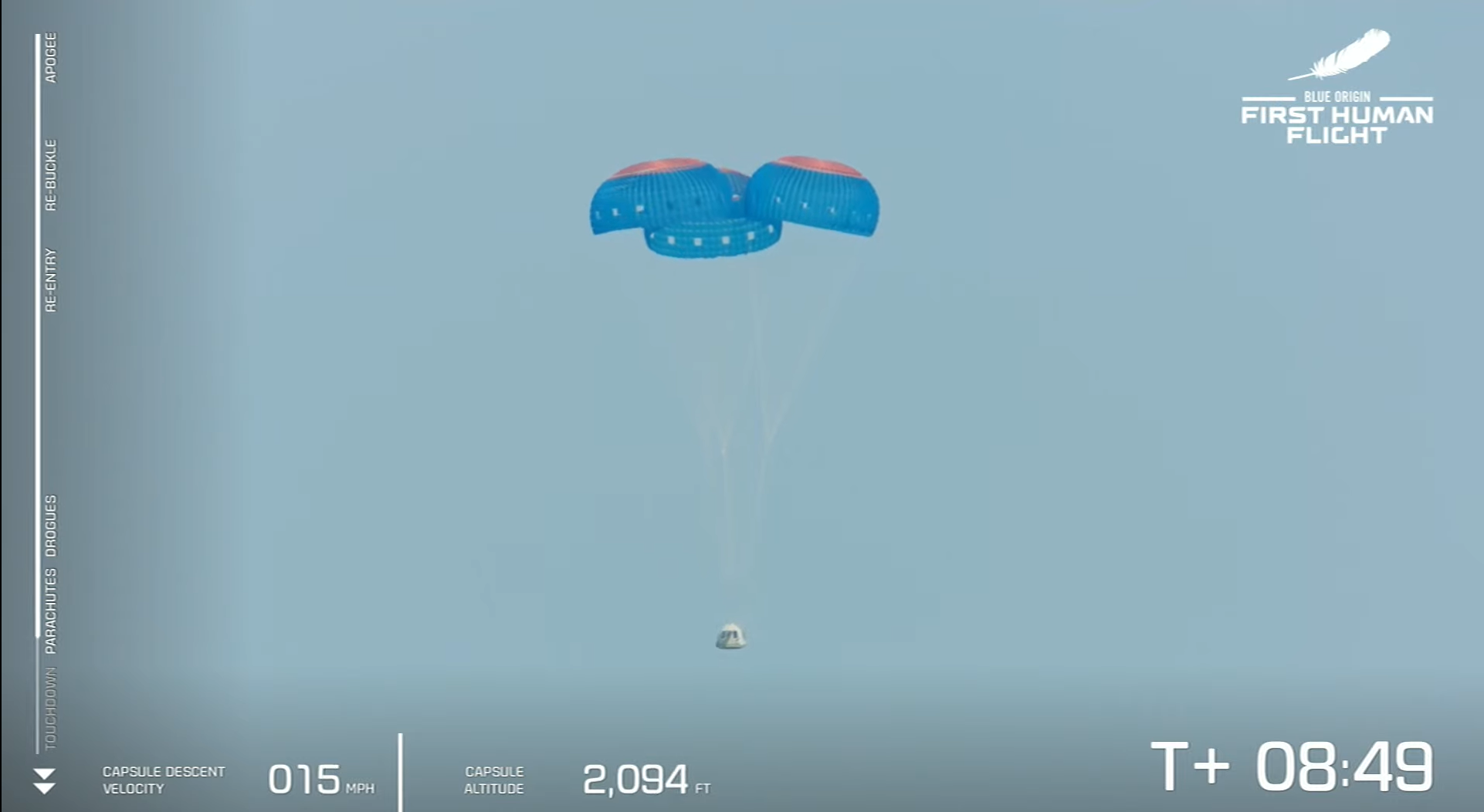



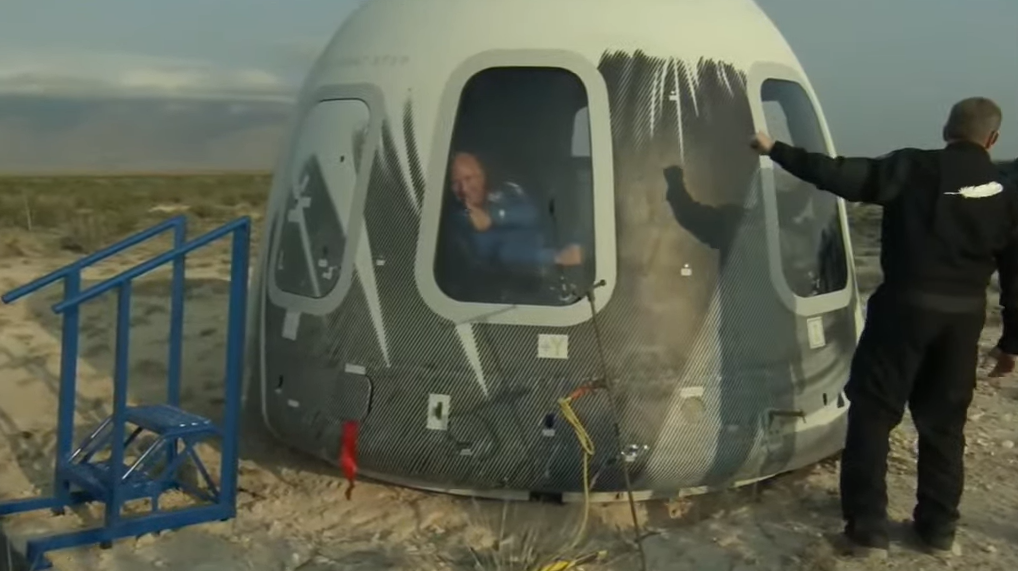
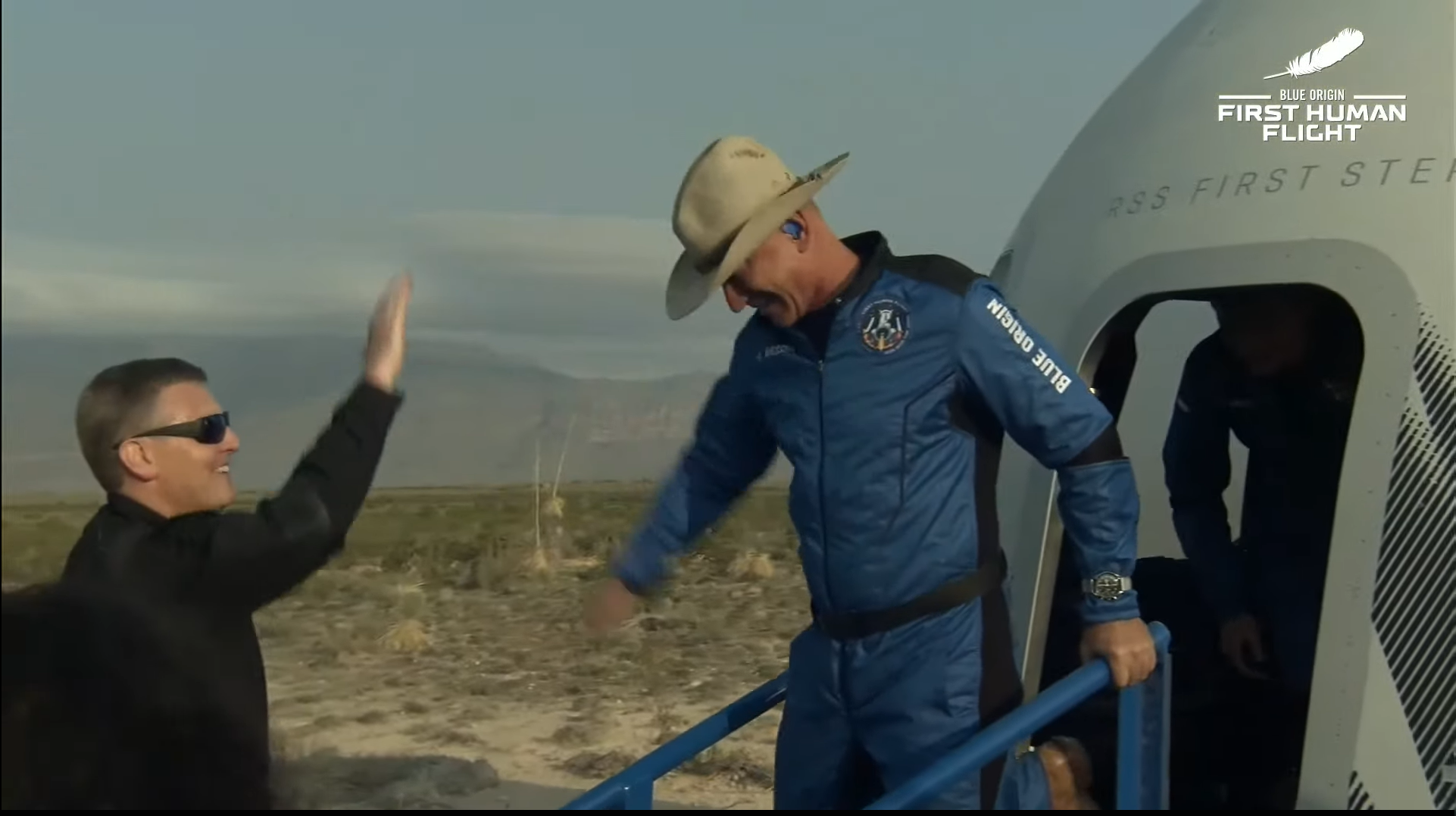
Suborbital space tourism lifts off
Virgin Galactic made its big announcement about Branson's flight on July 1, the same day that Blue Origin did its Funk reveal. The dramatic news drops sparked many stories about a "billionaire space race," which both Branson and Bezos have attempted to tamp down.
"There's one person who was the first person in space — his name was Yuri Gagarin — and that happened a long time ago," Bezos said on TODAY, referring to the cosmonaut's landmark orbital mission on April 12, 1961. (And Branson wasn't the first billionaire to reach the final frontier. For example, megarich software architect Charles Simonyi bought two trips to the International Space Station, flying there in 2007 and 2009 aboard Russian Soyuz spacecraft.)
"I think I'm gonna be number 570 or something; that's where we're gonna be in this list," Bezos added. "So this isn't a competition. This is about building a road to space so that future generations can do incredible things in space."
Blue Origin aims to help make those incredible things happen over the long haul. The company is building an orbital launch system called New Glenn and a lunar lander named Blue Moon. Blue Origin also leads "The National Team," a private consortium that proposed a crewed landing system for use by NASA's Artemis program of lunar exploration. NASA picked SpaceX's Starship vehicle for that job, but The National Team and another unsuccessful submitter, Alabama-based company Dynetics, have filed protests about the decision with the U.S. Government Accountability Office.
Whether or not there's personal competition between Branson and Bezos, the companies led by the two billionaires are vying for the same relatively small pool of rich, adventurous customers.
Virgin Galactic's most recently stated ticket price was $250,000. Blue Origin has not announced how much it's charging for a regular (non-auctioned) seat, but it's thought to be in the low six figures as well.
Both companies offer passengers three to four minutes of weightlessness and great views of Earth against the blackness of space. But there are significant differences between the two flight experiences. For example, New Shepard is an autonomous capsule that launches vertically and lands under parachutes, whereas VSS Unity is a two-pilot space plane that takes off under the wing of a carrier aircraft and lands on a runway.
New Shepard also gets a few miles higher than VSS Unity, a fact that Blue Origin highlighted in a couple of Twitter posts on July 9. Those tweets told folks that spaceflights with Virgin Galactic come with an asterisk because Unity doesn't reach the Kármán line, the 62-mile-high (100 km) mark considered by some to be the point where space begins. (Unity does fly higher than 50 miles, or 80 km, the boundary recognized by NASA, the U.S. military and the Federal Aviation Administration.)
This competition will heat up soon, if all goes according to plan. Blue Origin plans to launch two more crewed New Shepard missions this year, with the next one targeted for September or October, company representatives said during a prelaunch press conference on Sunday (July 18). Those flights will presumably have paying customers on board, just as today's did.
Virgin Galactic aims to fly a few more test flights this fall, then begin full commercial operations early next year from Spaceport America in New Mexico. Both companies plan to ramp up their flight rate over time, allowing them to reduce prices and broaden the customer pool substantially — perhaps enough for the rest of us to swim in it someday.
This story was updated at 2:00 p.m. EDT to include comments and details from the post-flight press conference.
Mike Wall is the author of "Out There" (Grand Central Publishing, 2018; illustrated by Karl Tate), a book about the search for alien life. Follow him on Twitter @michaeldwall. Follow us on Twitter @Spacedotcom or Facebook.

Michael Wall is a Senior Space Writer with Space.com and joined the team in 2010. He primarily covers exoplanets, spaceflight and military space, but has been known to dabble in the space art beat. His book about the search for alien life, "Out There," was published on Nov. 13, 2018. Before becoming a science writer, Michael worked as a herpetologist and wildlife biologist. He has a Ph.D. in evolutionary biology from the University of Sydney, Australia, a bachelor's degree from the University of Arizona, and a graduate certificate in science writing from the University of California, Santa Cruz. To find out what his latest project is, you can follow Michael on Twitter.

